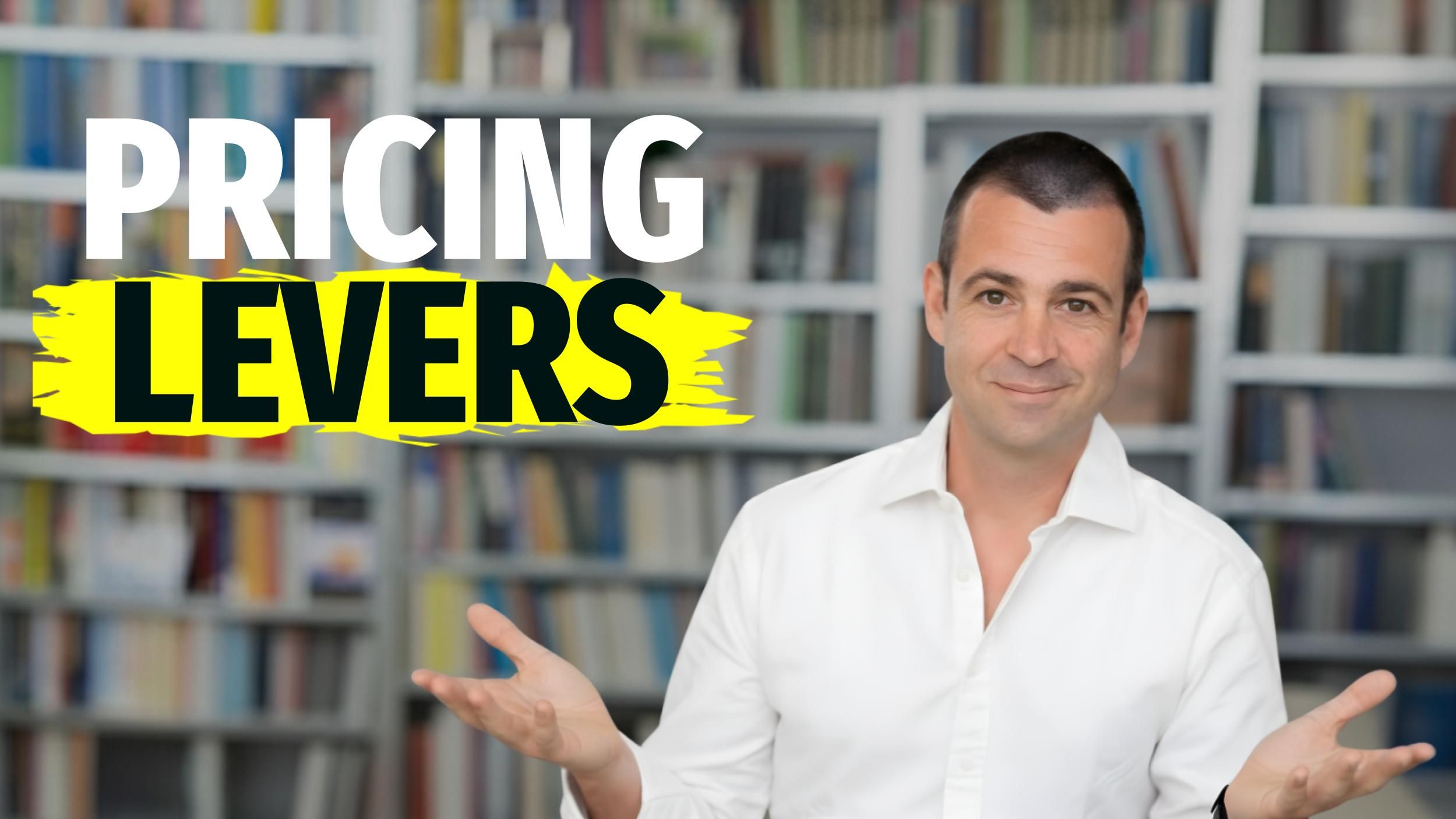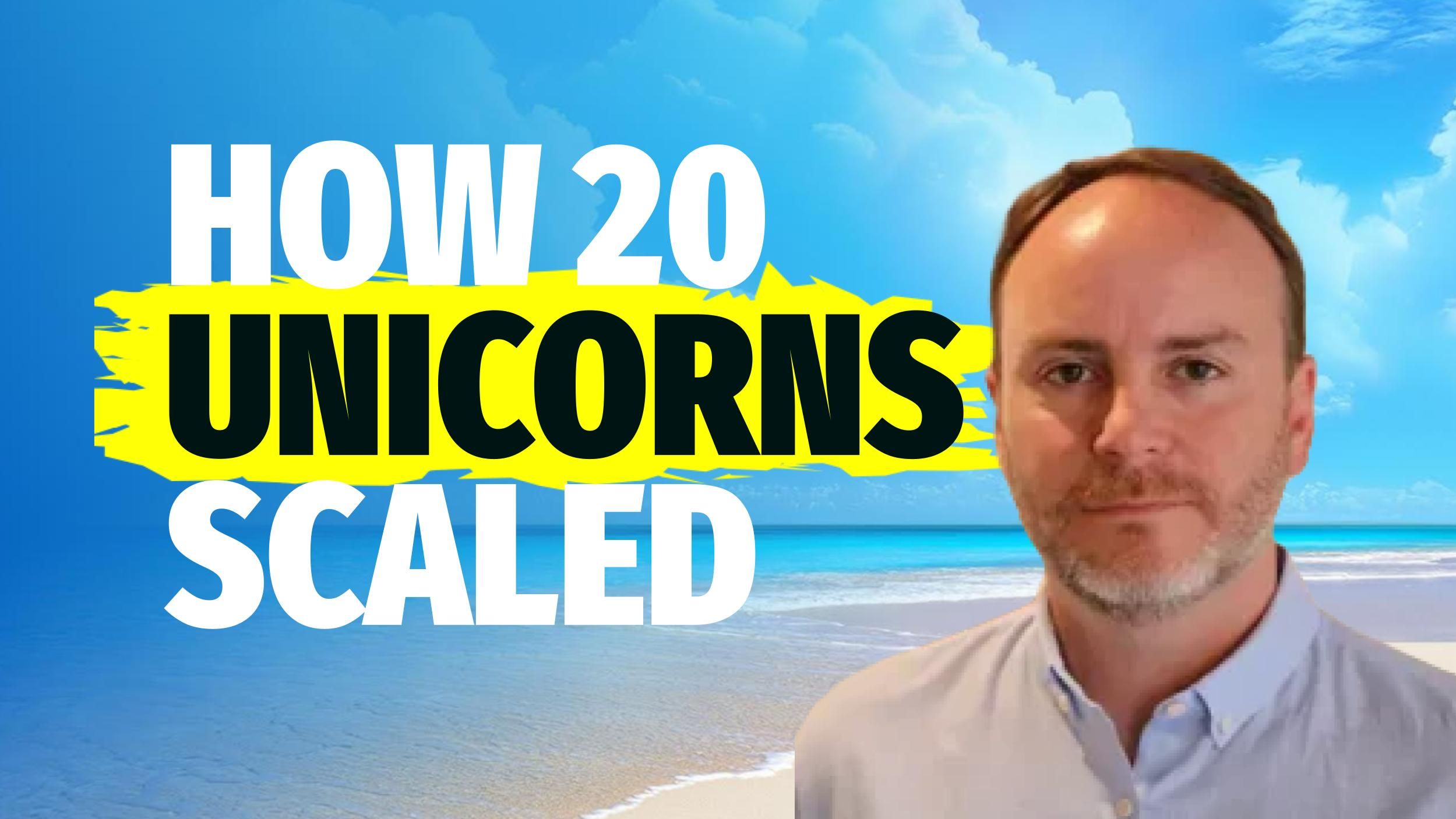
Portfolio Management Investment System
Starting with investment system
How to build wealth and how to keep weld. Last time, we talked about the three systems that you need in order to have self-healing mechanics in your overall business. And you remember you need an earning system saving system and then an investment system. Today, we dive deep into the investment system and the first step, because we are asked all the time, Simon, should I invest in this or that? For example, should I invest in Bitcoin or Solana? Now you have to go two steps back and first define your overall portfolio allocation. So what is your overall situation and goal situation? Do you want to build wealth, then you have to go focused, or do you want to preserve wealth? Then you have to diversify. Second question. How long do you want to invest? That depends on your age. And the third question is how do you want to spread the risk across the different asset categories?
Categories can be stocks. So first thing decide how much percent do you want in stocks real estate. I turn it into crypto cash, pick your categories and then decide your allocation. Accordingly. This is an example here, just to see you help you get started. And there are formulas in there to help you get quicker through it. As an example, we have allocated everywhere 100,000 and we have now a total portfolio allocation of five times, 100,000 in cash, crypto, real estate, stocks, and alternatives. Now on the other side, you will see your target allocation. And so the rebalancing work will be once a month rebalancing these two things. What's the gap. How can I close the gap? That is called rebalancing. Now, again, you define, if you want to build wealth, which means focused, betting on fewer positions, a focused portfolio, and more risk.
Or if you want to keep your wealth, protect your wealth, then you go more differentiated. You diversify and you take less risk. You want to reduce risk here. You can enter the stocks that you pick and the symbol and the number of shares. And whenever you enter this, the price is pulled out automatically via the formula that we are inserted. And then I really want to write down, when did I buy it at which price? This is not a cost basis, because this is important for your exit strategy. When are you going to sell this depends on your exit strategy and your exit strategy has both the current price, your current life situation in it, and also your cost basis because it's very different than you will see in a second. When we go to an example if you bought at 3000 or if you bought at 200, so I also like to assess reward and risk, and then to have it visually in front of me, in this example, it's a very diversified portfolio, everywhere, 10%.
And your, there are very protective portfolios where you go in non, in, in each area, not more than 5%, that's a very diversified portfolio. And then there are more aggressive portfolios where you go all-in into one specific thesis. So in this case, you have stocks here and that will change accordingly to your allocation here. And you have to set your entry strategy and your exit strategy. We'll see that in a second. So you will do the same for your crypto. And let's say here, for example, have Solana have Bitcoin. This is just an example. And so here you enter your positions and the same thing. You will see the current state in percentage and then real estate and alternatives and cash. And this is where your entry strategy comes in. You need a buy list. So we're talking investment here, not trading. Still, this is a technique from trading that I find really important before you decide to get in, do your numbers accordingly.
So think about your asset that you find valuable, cause you did a fundamental analysis. You know this is a good asset. We'll be around in 10 years. What's the current price. This is something that you can pull with the formula. And then what's the media next? Where do we expect it to be in 12 months? That's 12 months is just short-term cycle, for an investor. And then what's your entry strategy. What's the price at which you would buy Tesla. For example, right now I would buy at 875 and I would sell it at this price. So as soon as this price hits, you get an alarm and then next actions, what do I need to do next? For example, enter limit orders or whatever your next action is, then what else do you need?
Preparing for the future
You've done your asset allocation. You know, where you want to go. And what's your current situation you have now, all your wealth on one page, you enter your positions here and you rebalance them personally, every Sunday, when my kids sleep, I put half an hour into going through all of this and see what's the current state. And M I M I positioned in a way that is, that is healthy for the future. That's coming or not. For example, how will inflation develop over the next weeks and months? Am I prepared for that? What do I expect in terms of cycles? You have long cycles and you have short cycles. Where are we in which cycle I will personally buy-in bear markets in when the cycle is low and I will buy in and I will sell in the highest point of a bull market?
Now you don't always know when is the highest point of a bull market. And it's really, it's really hard even for professionals to find the top. That's why I don't care about the absolute top of the absolute bottom. I'm okay with at least getting near that. And then sometimes I get near to that. Of course not always. So an easier strategy can be, and I can show you with the example of Tesla, an easier strategy is to set a rule. For example, I enter at this price in a bearish situation or in a correction or in a dip, and then you hold until it doubles. As soon as you have reached a hundred percent growth, you might sell half when it doubles again, you sell 25%. When it doubles again, you sell 12 and a half percent by doing this, you don't have to think so much about tops and bottoms anymore. It makes it a little bit more automated and you have a very good strategy that will compound wealth over time, or will protect your wealth over time. And then you don't have to pick the absolute top of the absolute bottoms as the traders do. You can
Stay a calm investor who makes, of course, her own work his own work. You, you look at what's going on with our day technological trends without the macro trends. How does inflation look like? And you prepare yourself accordingly so that the third system works. And remember you need three systems earning system savings system, investment system. This is the investment system. I will put the link down there in the video, but you can always download this ad strategy, sprints.com/tools hop. That helps keep rolling everybody.
Get our expert sales tips delivered
By submitting you agree to receive our weekly Strategy Sprints Newsletter as well as other promotional emails from Strategy Sprints. You may withdraw your consent at any time via the “Unsubscribe” link in any email or view our privacy policy at ant time.










